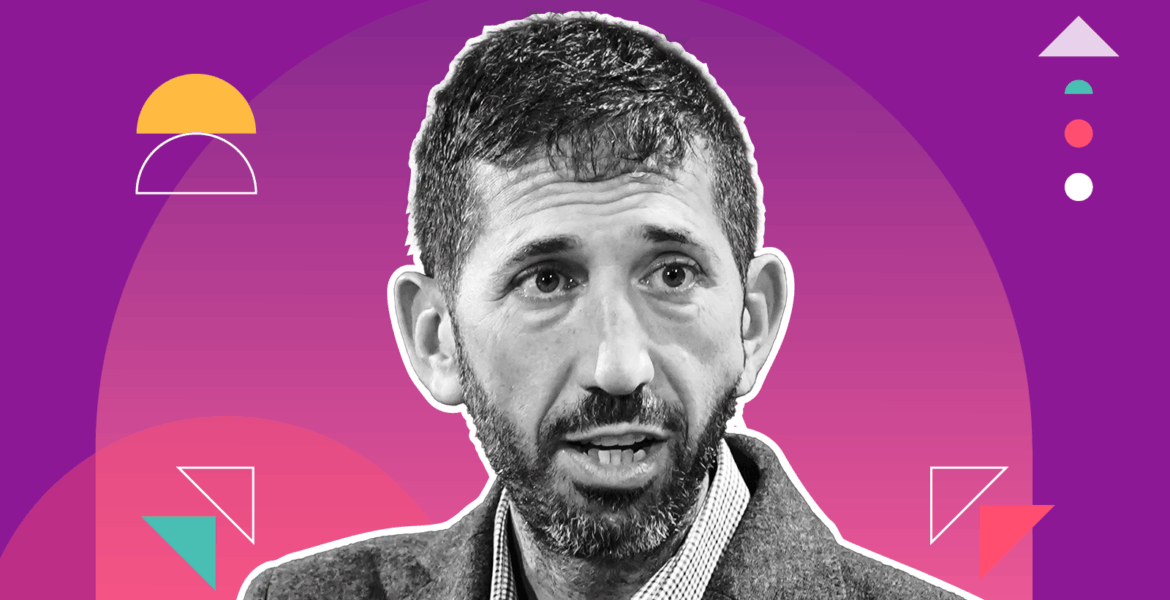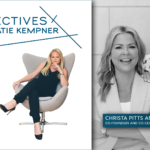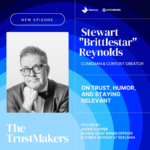We sat down with Rob Rakowitz, Head of Marketing at Vidmob, to talk about how CMOs can find a path through current economic challenges, and why creative data is so important to brand growth and competitive leadership.
By R. Larsson, Advertising Week
How should marketers be navigating the current economic uncertainty?
The uncertainty caused by tariffs, and the souring of consumer and manufacturer confidence, has set off alarm bells in many boardrooms. CFOs will be focusing heavily on earnings protection, and this is bound to put pressure on marketing budgets.
We saw immediate narratives emerge within the industry about CFOs turning inward to streamline budgets, resulting in tweaks to media investments in terms of channels or buying methods. While this is one way of optimizing budgets and a focus on cost-based efficiency, it’s also important to consider the effectiveness of the brand’s creative in delivery of media outputs and business outcomes.
CMOs should use this opportunity to lead a wider conversation about how they can drive both efficiency *and* effectiveness in the marketing function.
How can organizations balance the need to manage costs with brand growth and competitive position?
While cost management is the number one priority, brand growth and category leadership cannot take a back seat. Hacking into marketing budgets would be a big mistake and runs the very real risk of weakening a brand’s competitive edge. A study published in the Journal of Advertising Research in 2023 showed that brands that stopped ad spend were seeing market share losses of around 10% a year. Marketers and agencies should be citing this research in their internal conversations to demonstrate a direct link between reduced budgets and negative growth.
CMOs have to drive efficiencies, of course, but they must look beyond just their supply chain and buying strategies. Placing too much emphasis on media is not a wise move, as there are better gains to be made in another area. Creative effectiveness is shown to account for between 60% and 70% of overall marketing investment impact. Marketers who want to get the most bang for their buck should make creative their focus.
How should marketers go about driving creative effectiveness?
It’s fundamental that CMOs protect the parts of the budget that go towards building mass reach. If they don’t, then they’ll be severely limiting their growth potential. And today, with many of the channels that drive mass reach being digital, there is valuable creative data to be mined. This data will provide a solid understanding of how the measurable elements of advertising creative are linked to advertising performance – in short, what in an ad works and what in an ad doesn’t.
The next step is to take these learnings and use them to judge whether new creative is likely to perform before it goes into flight, based on past successes and failures. Marketers should also seek to develop their understanding of wider industry best practices – following these guidelines has shown up to 30% lift in advertising impact. Once they can quickly determine whether new campaigns adhere to creative best practices and follow pathways that have led to previous success, they can spend more time doing what works and less time doing what doesn’t.
Over the longer term, marketers should be centralizing these best practices in their own advertising processes. Consistency is at the core of marketing effectiveness – identifying and integrating distinctive memory structures into creative executions is the key. Getting this right time after time will maximize effectiveness and minimize wasted effort.
What role can new technologies play in optimizing creative impact?
With a clear set of brand guidelines to follow, marketing teams can take two routes: first, take these rules and have them feed into traditional agency workflows, or, as we are seeing at higher levels, utilize new generative AI tools to further deliver and scale their creative effectiveness. They can integrate rules into platforms such as Adobe and Canva, cutting down production timelines and reducing the need to pre-test creatives before they launch. Again, creative effectiveness leads to efficiencies.
This means brands don’t have to sacrifice growth and can deliver better ROI, even with a diminished budget. Marketers who take these approaches and refine production see as much as a 40% gain in efficiency.
Taken together, creative data and a focus on performance can unlock new opportunities for brands, both on effectiveness and efficiency.
Long-term branding and consistent presence are key tools that CMOs can use as a lighthouse to navigate the choppiness we are seeing. Creative data can be that indispensable GPS unit to help brands, marketing organizations, and agency teams protect, maximize, and refine advertising in a critical period.











